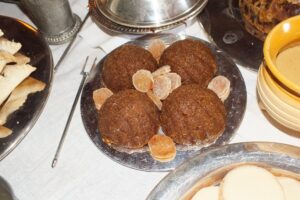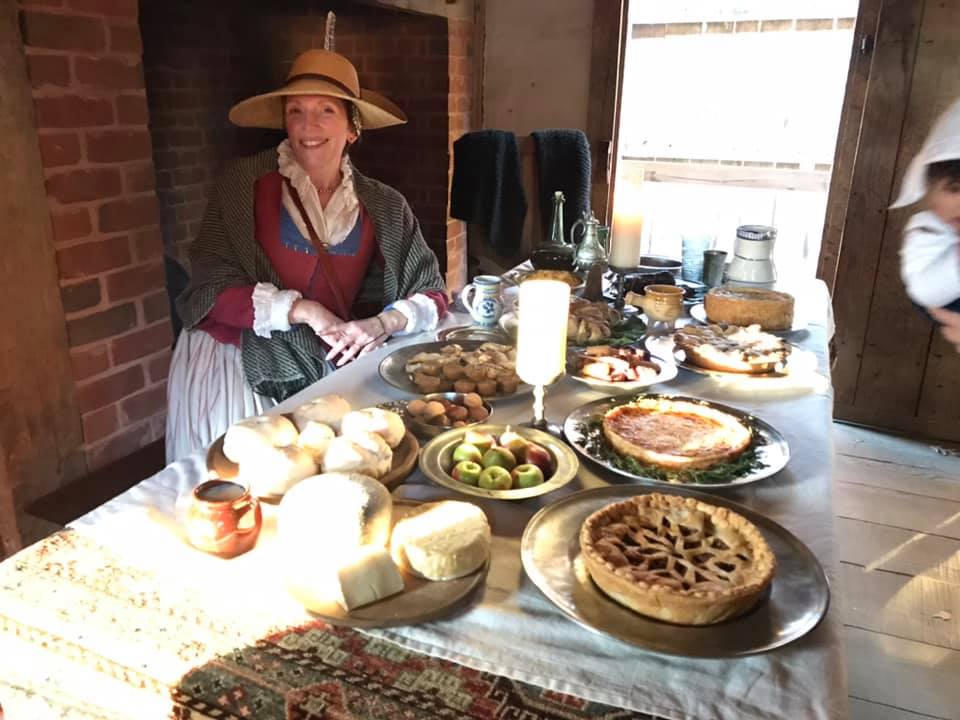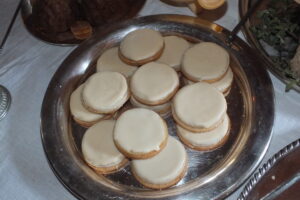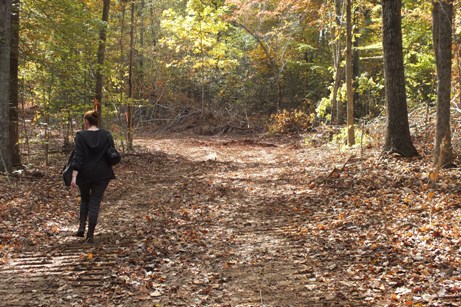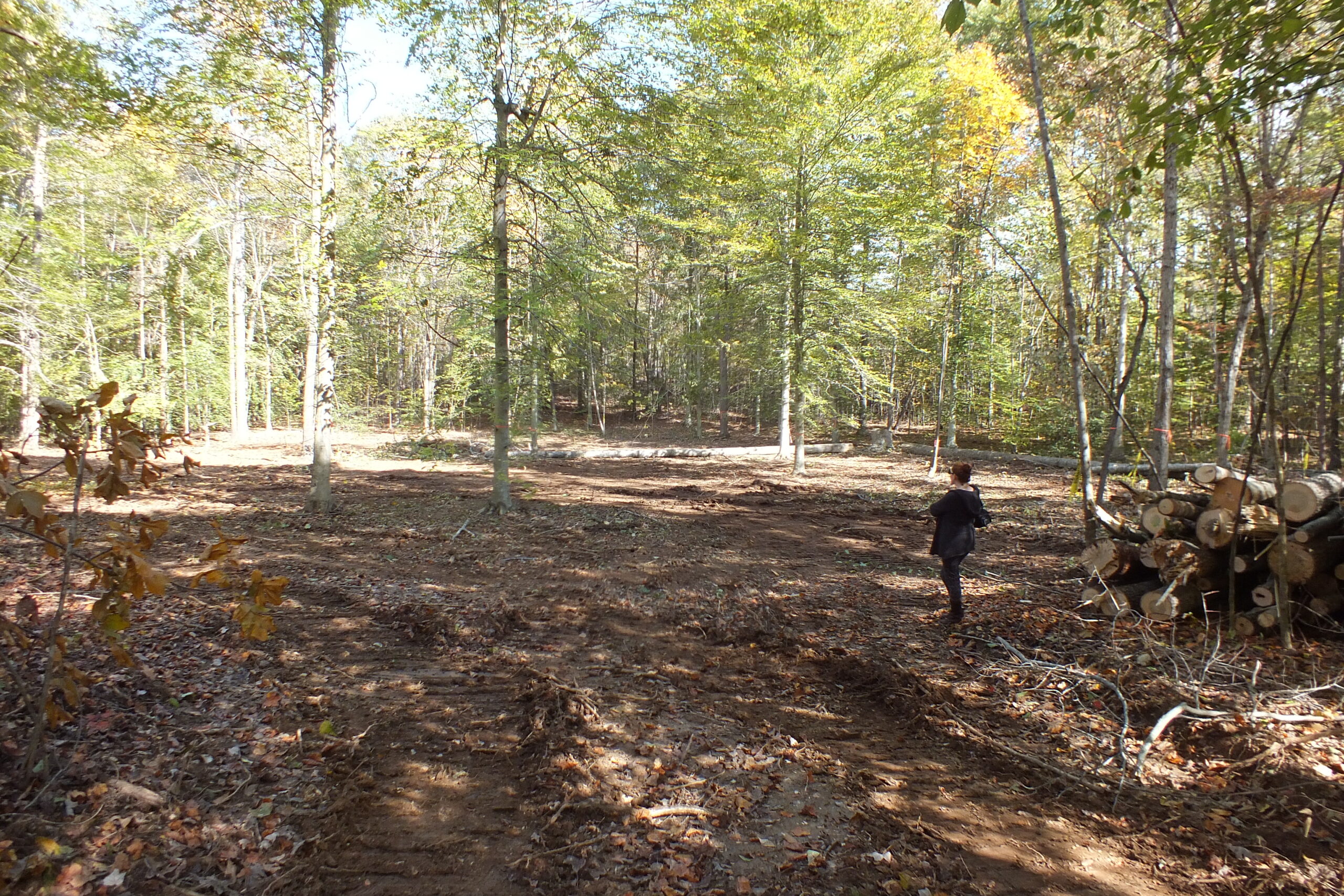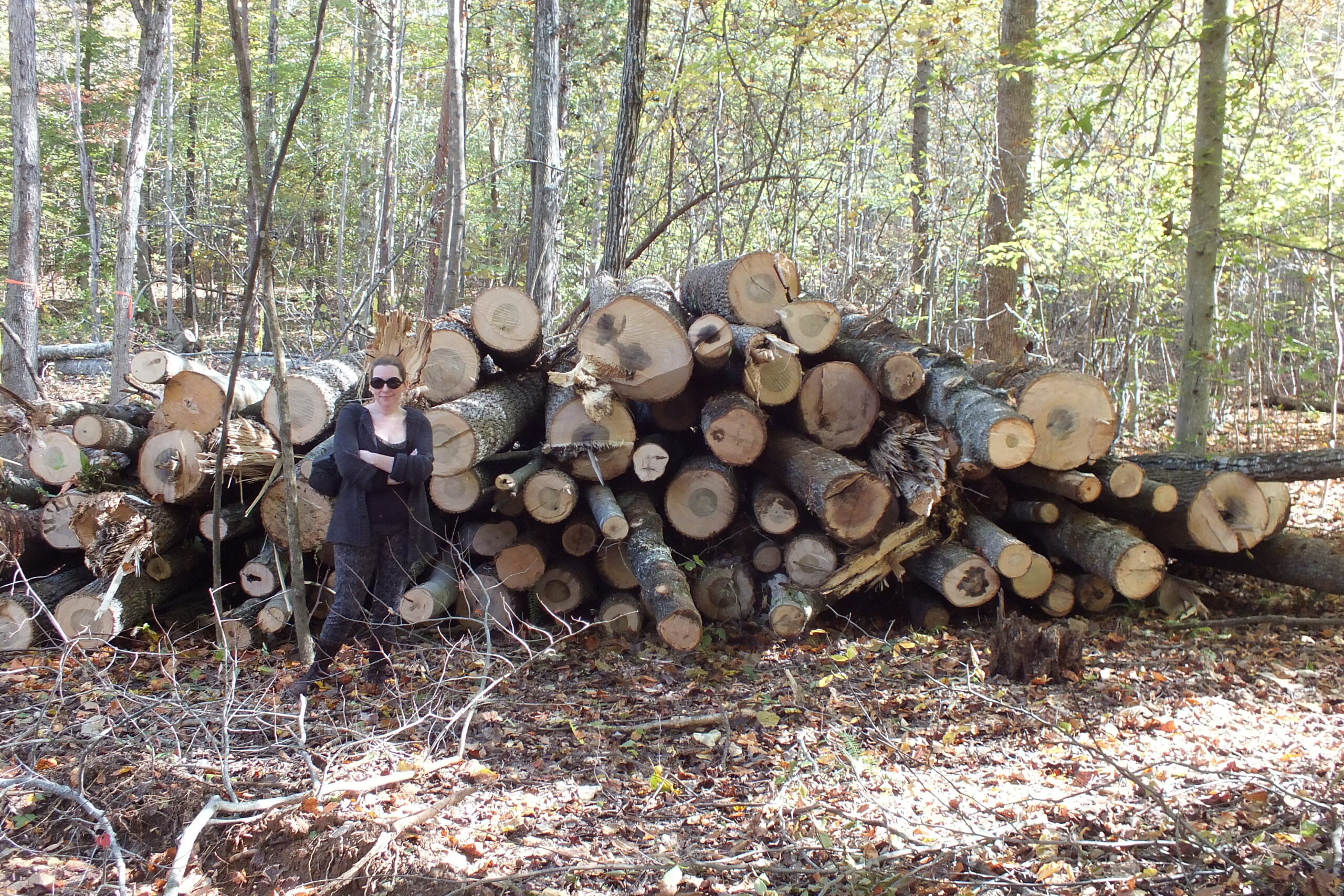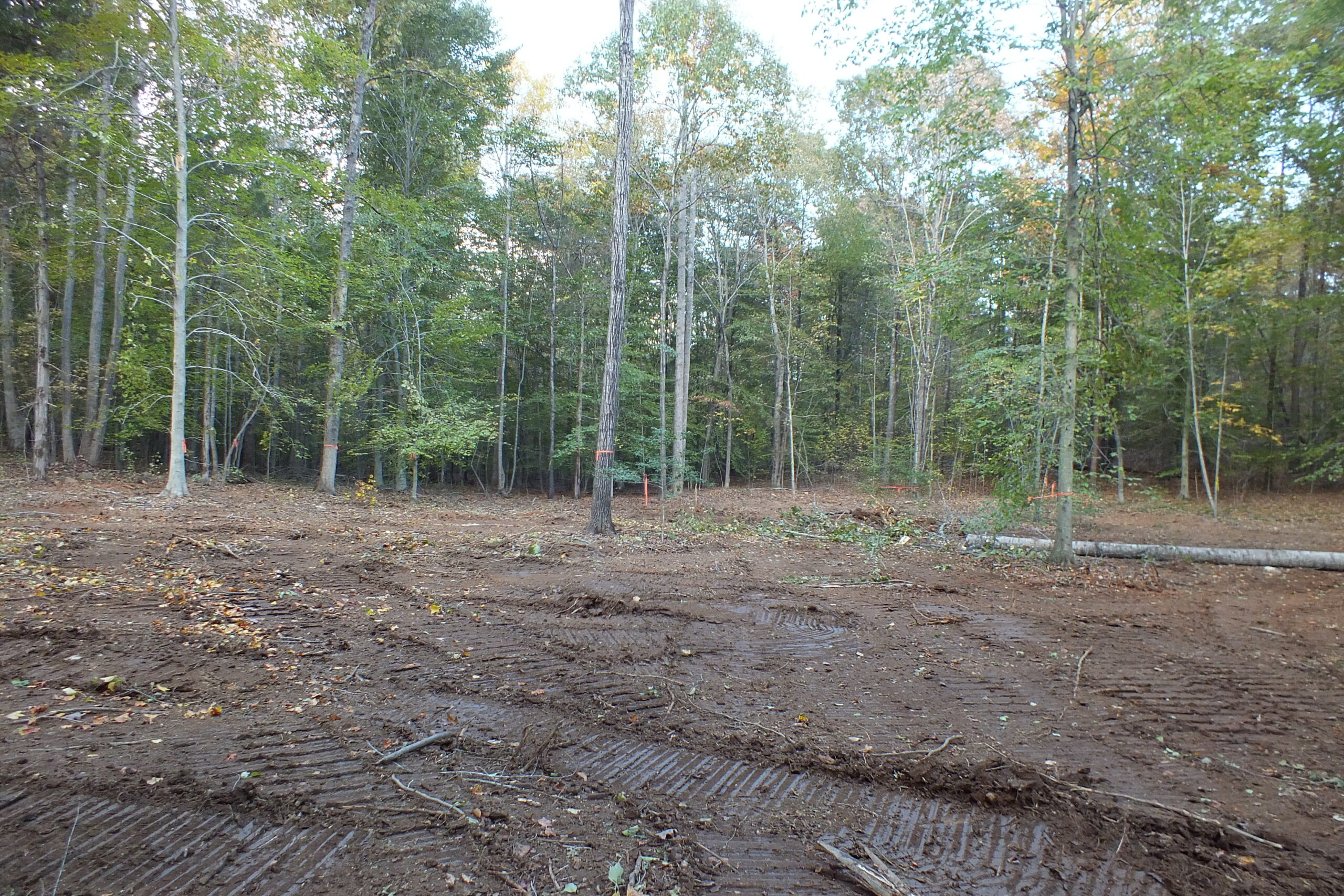Jolly Good Ale and Old
Jolly Good Ale and Old
(A drynkinge song of much repute)
I cannot eat but little meat
My stomach is not good
But sure I think that I can Drink
With him that weareth an Hood.
Though I goe Bare, take you no care
For I am never cold
I stuff my skin so well within
With Jolly good Ale and old.
Back and sides goe bare, goe bare,
Both hand and foot goe colde,
But belly, God send good Ale enough,
Be it newe or old.
I love no roast but a nut-brown Toast
And a crab laid in the fyre,
A little bread should do me stead,
Much bread I never desire.
Nor Wind nor Snowe or Frost, I trow,
Can harm me if it would,
I am so wrapped, and thoroughly lappt,
With Jolly good Ale and old.
Back and sides goe bare, goe bare, &c.
I care right nought, I take no thought
For cloathes to keepe me warm,
Have I good Drink, I surely think
That none can do me harm.
For truly then, I feare no Man,
Though he be ne’er so bold,
When I am armed and thoroughly warmed
With Jolly good Ale and old.
Back and sides goe bare, goe bare, &c.
Now let them drink till they nod and wink,
E’en as good Fellowes doe,
They shall not miss to have the bliss
That Good Ale brings them to.
And all poor souls that scour black bowls,
Or have them lustily trolled,
God save the lives of them and their wives
Wether they be younge or old.
Back and sides goe bare, goe bare,
Both hand and foot goe colde,
But belly, God send good Ale enough,
Be it newe or old.

